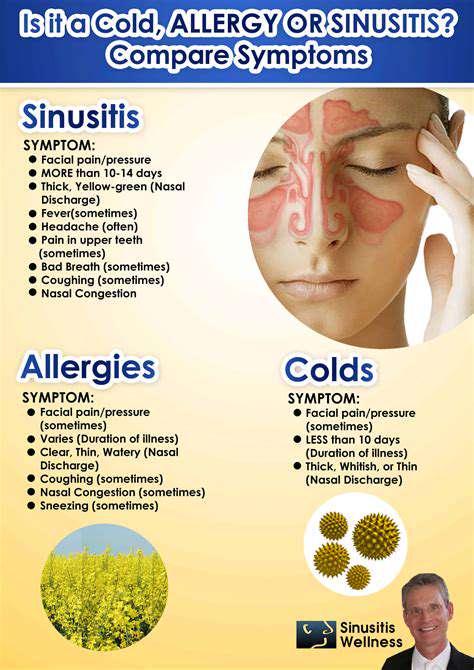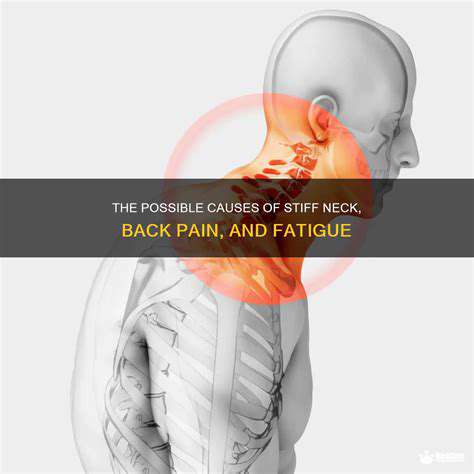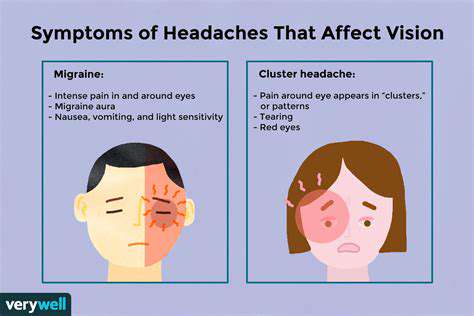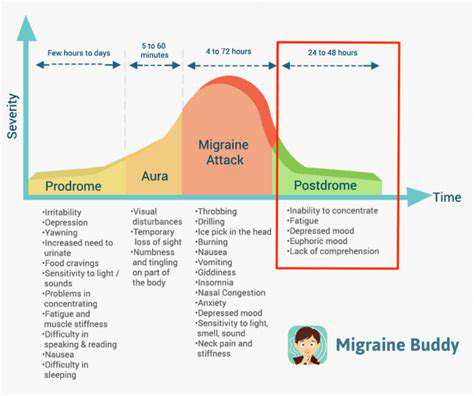How Nutrient Deficiencies Might Contribute to Headaches
Vitamin B Deficiencies and Their Impact
Vitamin B1 (Thiamine) Deficiency
Vitamin B1, or thiamine, plays a crucial role in energy metabolism, nerve function, and healthy digestion. A deficiency in thiamine can lead to a range of debilitating symptoms, including muscle weakness, fatigue, and even neurological problems like Wernicke-Korsakoff syndrome. This serious condition, often associated with chronic alcohol abuse, can cause confusion, memory loss, and eye movement disturbances. A balanced diet rich in whole grains, legumes, and pork products is essential for maintaining adequate thiamine levels.
Early detection and treatment are vital for managing thiamine deficiency. Symptoms often develop gradually, making it important to be mindful of unusual fatigue or neurological changes. Consulting a healthcare professional for appropriate testing and dietary recommendations is crucial for preventing further complications.
Vitamin B2 (Riboflavin) Deficiency
Riboflavin, or vitamin B2, is essential for energy production and healthy cell growth. A deficiency can manifest as cracks and sores around the mouth and lips, as well as inflammation of the tongue and skin. These symptoms are often accompanied by fatigue and a general feeling of weakness. A lack of riboflavin can also negatively impact red blood cell production, potentially leading to anemia.
Vitamin B3 (Niacin) Deficiency
Niacin, or vitamin B3, is vital for converting food into energy and maintaining healthy skin and nerves. Pellagra, a serious condition resulting from severe niacin deficiency, is characterized by the classic 4 D's: dermatitis (skin lesions), diarrhea, dementia (mental confusion), and death. A diet lacking in niacin-rich foods, such as meat, poultry, fish, and whole grains, can increase the risk of this deficiency.
While less severe forms of niacin deficiency can cause fatigue, digestive issues, and even depression, early intervention is key. Eating a balanced diet that includes a variety of nutrient-rich foods is crucial for preventing this deficiency.
Vitamin B6 (Pyridoxine) Deficiency
Vitamin B6, or pyridoxine, plays a vital role in numerous bodily functions, including red blood cell formation, hormone production, and brain development. Deficiency can lead to a variety of symptoms, including anemia, skin rashes, neurological problems, and even depression. These symptoms can vary in severity depending on the extent of the deficiency and the individual's overall health.
Vitamin B9 (Folate) Deficiency
Folate, or vitamin B9, is crucial for cell growth and development, particularly during pregnancy. A deficiency in folate can lead to megaloblastic anemia, a condition characterized by large, immature red blood cells. This can cause fatigue, weakness, and shortness of breath, and in pregnant women, severe folate deficiency can lead to neural tube defects in developing fetuses.
A diet rich in leafy green vegetables, legumes, and fortified grains is essential to maintain adequate folate levels. Supplementing with folate, especially during pregnancy, can help prevent potential complications.
Vitamin B12 (Cobalamin) Deficiency
Vitamin B12, or cobalamin, is essential for nerve function, red blood cell formation, and DNA synthesis. A deficiency in vitamin B12 can lead to a variety of neurological symptoms, including numbness and tingling in the hands and feet, as well as balance problems. It can also cause fatigue, weakness, and anemia. Individuals who have problems absorbing vitamin B12, such as those with pernicious anemia, are at a higher risk of developing a deficiency.
Other B Vitamins and Potential Deficiencies
While the above B vitamins are crucial, other B vitamins like biotin and pantothenic acid also contribute significantly to overall health. A deficiency in these vitamins can result in various symptoms, and their importance in maintaining optimal bodily function should not be underestimated. A comprehensive understanding of the role of all B vitamins is essential for a holistic approach to nutritional health. Consulting with a registered dietitian or healthcare professional can help determine individual needs and potential deficiencies.
Mindfulness is the practice of being fully present in the moment, acknowledging your thoughts and feelings without judgment. It involves training your awareness to focus on the here and now rather than being trapped in past regrets or future worries. This practice encourages a compassionate view towards oneself, which can significantly impact overall well-being. Mindfulness can be cultivated through various techniques such as meditation, breath awareness, and body scans.








